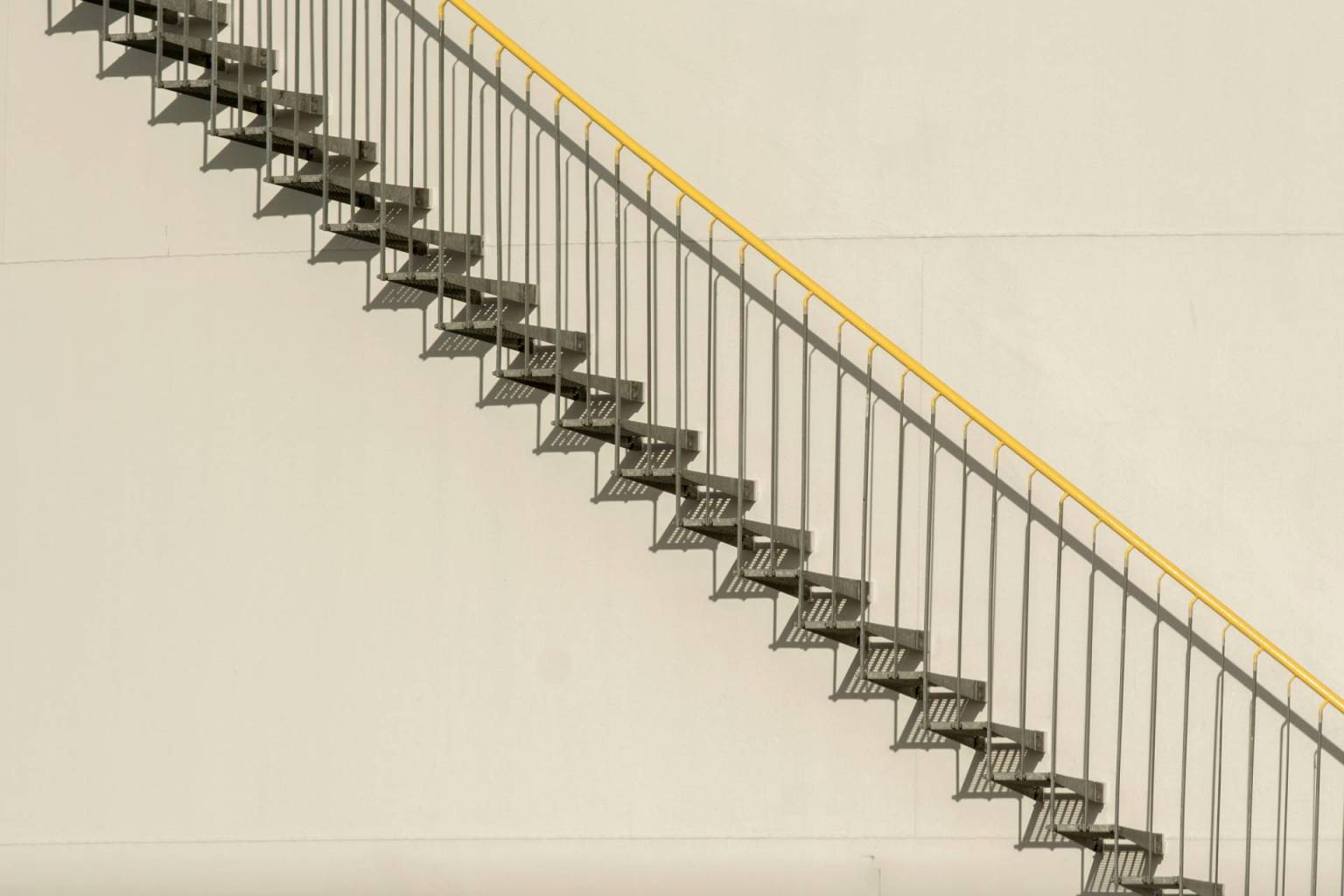One of the most important pieces of safety equipment on a construction job-site is the guardrail, which helps prevent people from falling unintentionally. However, if you’re going to get the full value out of these useful tools, you need to understand how to use them properly to reduce risk.
Why are job-site guardrails so important? And how do you use them properly?
The Risk of Falls
Guardrails have the power to save lives. Falls are the most common cause of workplace fatalities, and they have been for decades. Even a relatively shortfall, from a position elevated by only a few feet, can cause death, paralysis, or significant injuries.
If you care about your workers, you need to install guardrails around the edges of any elevated position.
Even if saving lives and improving safety for its own sake aren’t your top priorities, you should also be motivated by the financial side of the equation. Failing to install guardrails is associated with massive potential penalties. If you violate OSHA guidelines, you’ll likely receive citations and have to pay fines. And if someone is hurt or killed as a result of poor safety standards on your job-site, you could end up paying millions of dollars in compensation.
In short, guardrails save lives and money.
The Role of Guardrails
The easiest way to reduce the risk of a fall is to eliminate fall hazards altogether. If there’s any way to avoid working at an elevated height, you should do so. However, when this is not possible, a guardrail is usually your next best option.
A guardrail typically has four main components: a top rail, mid rail, post, and a secure base. They are designed to serve as a physical barrier that occupies a space between workers and a potential fall hazard; these include the edges of elevated platforms, roofs, stairways, and practically any other elevated area.
Typically, these rails are made up of durable materials like aluminum, steel, or composite materials. They need to be strong enough and sturdy enough to withstand expected impacts and disruptions. Guardrails should also have components to reduce the risk of falling objects impacting the people below.
Common Objections
There are several myths and misconceptions that lead people to common objections, but none of them hold water.
They’re too expensive.
Some managers balk at the cost of certain guardrails, but relatively speaking, these safety devices are inexpensive. Remember, you could end up paying millions of dollars as compensation for a preventable fall.
They’re not really necessary.
There’s a prevailing belief among some construction workers that guardrails aren’t really necessary. As long as you’re paying attention and you maintain your balance on a flat, elevated surface, there is no risk of fall. But this is incredibly misguided; any aberration, including a temporary loss of balance, can make even the most cautious people prone to falling.
They’re only needed for great heights.
Some people insist that while guardrails are perfectly appropriate for people working several stories in the air, they aren’t necessary for second-story jobs. But this isn’t the case; even a relatively short fall can be devastating.
They’re superfluous for quick jobs.
What if you’re working on something that’s only going to take a few minutes? Guardrails are still important to set up. The duration of the job, or task at hand, cannot possibly eliminate the risk of a fall.
They take too long to install.
OSHA has a firm list of requirements for how guardrails are to be installed and used, and there are many items to comply with. In all fairness, it can be time-consuming and a bit annoying to install guardrails. However, this is no excuse for not installing them.
A makeshift guardrail should be fine.
Some teams, out of haste or laziness, attempt to substitute a makeshift guardrail as a fall barrier. However, it’s important to recognize that there are many important features of standard job-site guardrails that are typically missing from these improvised constructions.
Training and education aren’t necessary.
If you want to use guardrails properly, you need proper training and education to do so. Not every aspect of proper guardrail safety is intuitive.
Residential construction is exempt from fall protection rules.
This was the case until 2010, so it’s one of the more understandable misconceptions on this list. However, residential construction is no longer exempt from fall protection rules.
A warning line system is plenty.
A warning line system is designed to provide visual notification that your workers are approaching A potentially dangerous edge. While this is helpful, and a great complement for guardrails, it is not a suitable substitution.
There is no excuse for not having secure guardrails on your job-site whenever they are required. If you’re motivated to save lives, save money, maintain your reputation, or any combination of the three, job-site guardrails are an absolute necessity.

